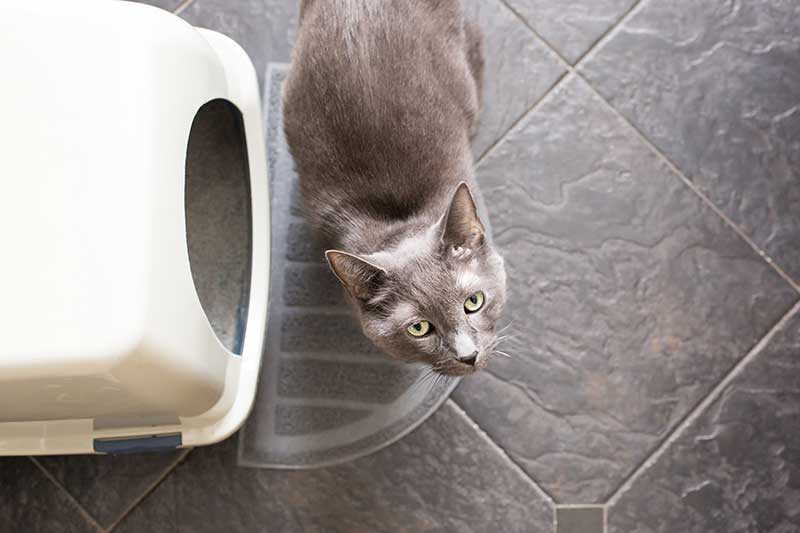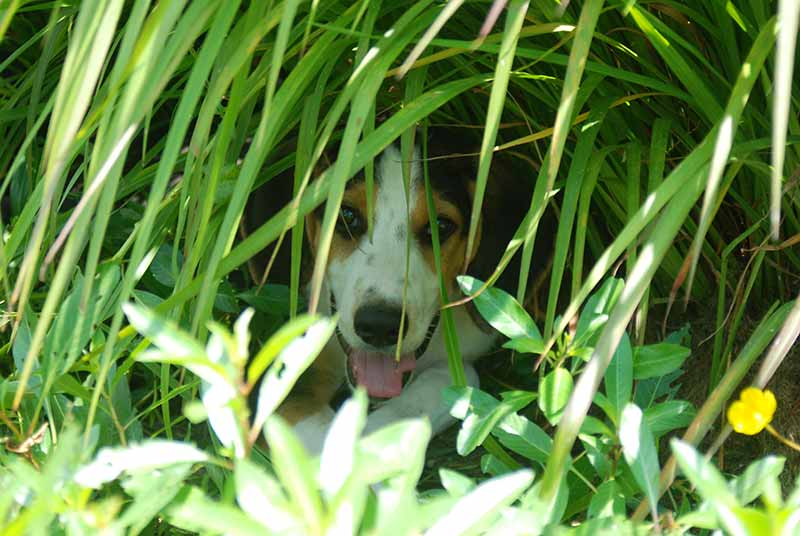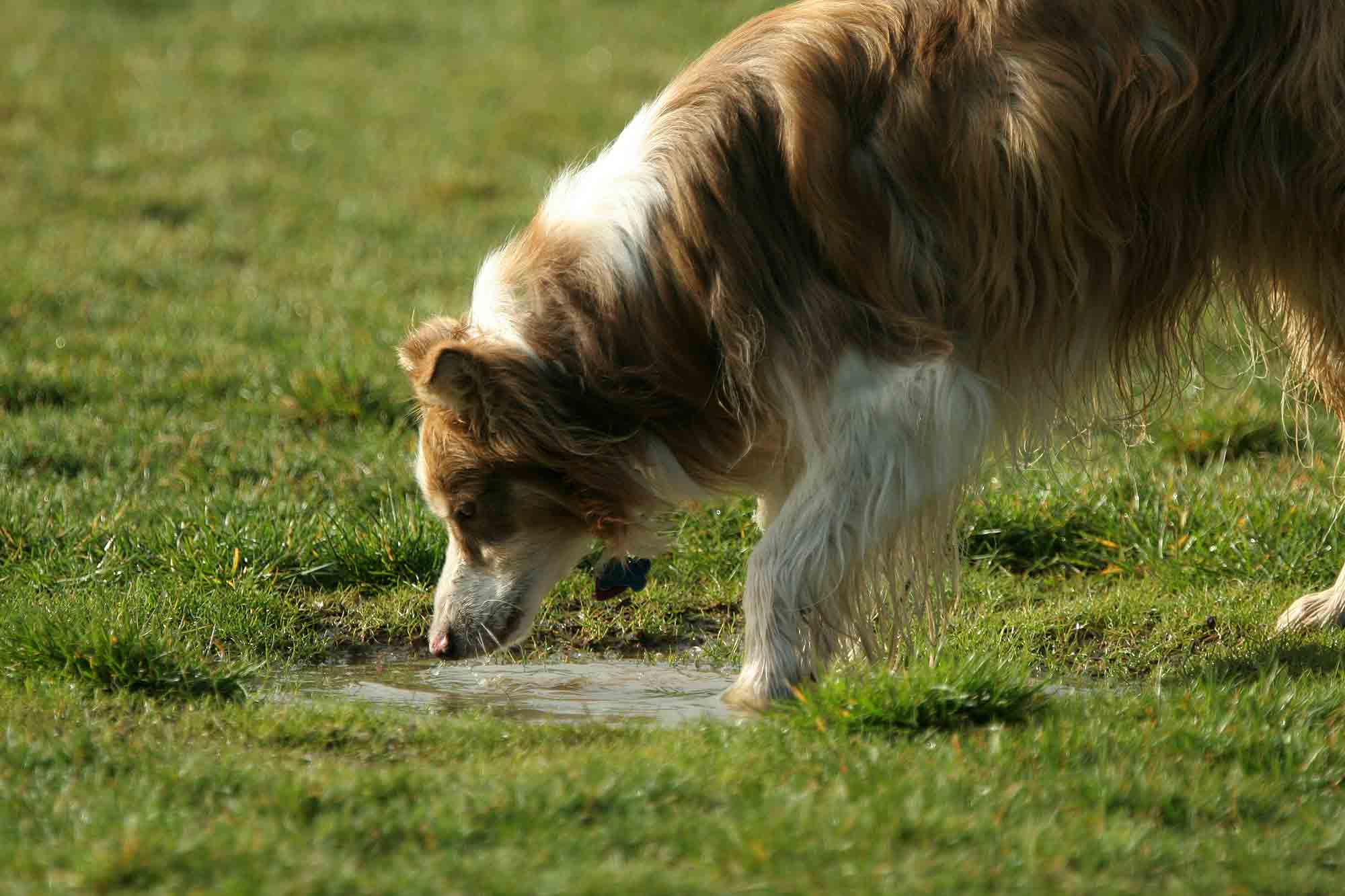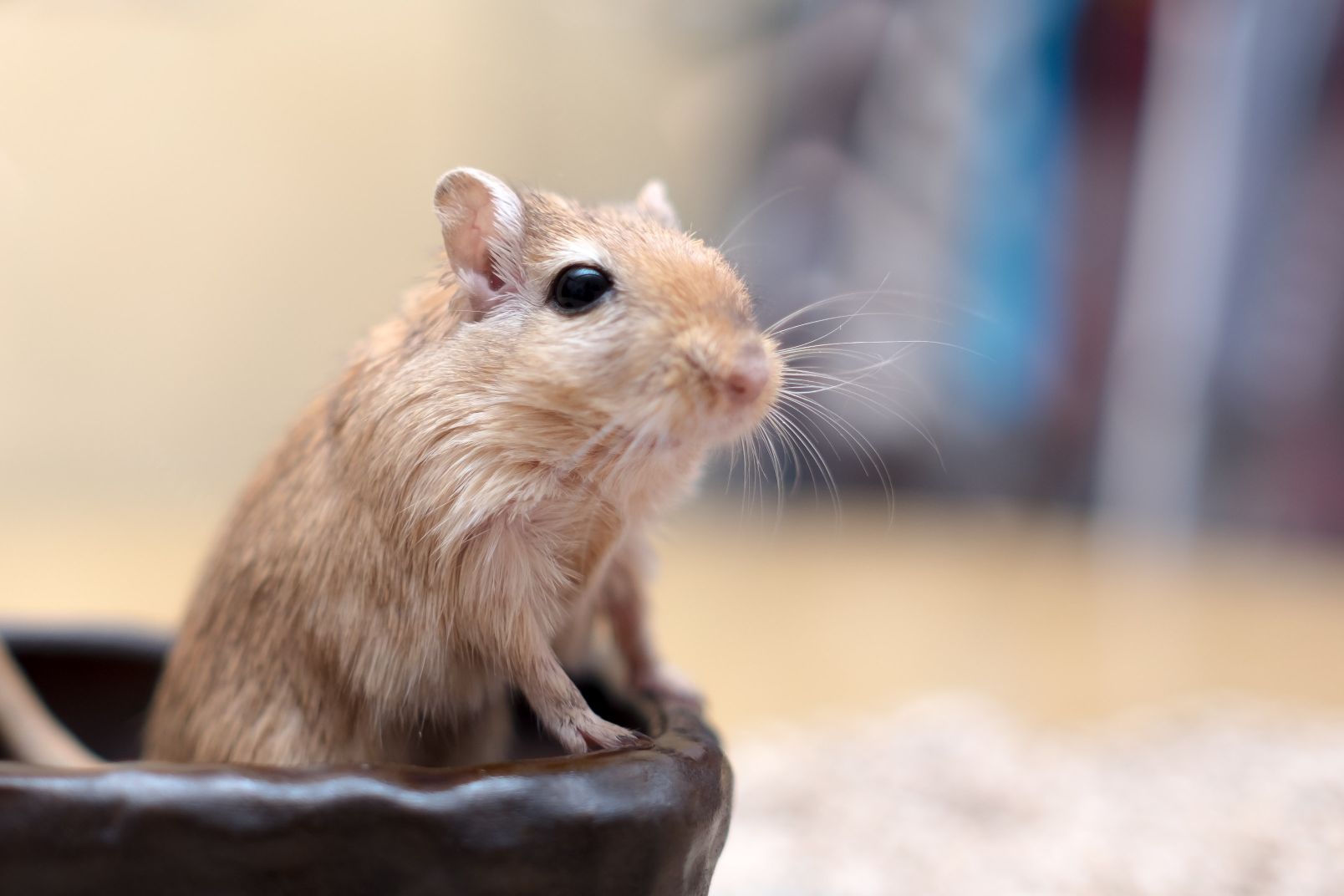The End of the Road: Feline Urinary Obstruction
 Sometimes it can be hard to know whether you have a pet emergency or not. When it comes to things that can absolutely not wait, though, feline urinary obstruction tops the list. Savvy cat owners need to be able to recognize signs of a blocked cat so that the staff at Summeridge Animal Clinic can get started helping without delay. If you believe your feline friend is suffering from urinary obstruction or is having litter box problems, please request an appointment online for your cat to visit our veterinarians.
Sometimes it can be hard to know whether you have a pet emergency or not. When it comes to things that can absolutely not wait, though, feline urinary obstruction tops the list. Savvy cat owners need to be able to recognize signs of a blocked cat so that the staff at Summeridge Animal Clinic can get started helping without delay. If you believe your feline friend is suffering from urinary obstruction or is having litter box problems, please request an appointment online for your cat to visit our veterinarians.
How Feline Urinary Obstruction Happens
When there is any kind of an obstruction of the flow of urine from the bladder through the urethra, problems can ensue. While this type of obstruction can happen in any cat, male cats are predisposed to blockage because their urethra is longer and more narrow than that of their female counterparts.
Certainly a blockage such as a urinary stone can cause this problem, but in the feline family there is another more common cause for urinary obstruction. Feline lower urinary tract disease, sometimes also called feline interstitial cystitis (FIC), is most often the culprit when it comes to this issue. Continue…

 Tick populations are on the rise in Ontario and across Canada. With this increase comes the very real threat of tick-borne illnesses in both people and pets. While
Tick populations are on the rise in Ontario and across Canada. With this increase comes the very real threat of tick-borne illnesses in both people and pets. While  Leptospirosis in dogs started to receive attention in the 1980s, but in the decades since, this potentially serious zoonotic disease (and a leading cause of acute renal failure) has become a looming reason to fear the great outdoors. However, even dogs who aren’t fishing or hunting companions can contract it. As a result, preventing leptospirosis in dogs is a serious endeavor, and it’s one we give top priority to this time of the year.
Leptospirosis in dogs started to receive attention in the 1980s, but in the decades since, this potentially serious zoonotic disease (and a leading cause of acute renal failure) has become a looming reason to fear the great outdoors. However, even dogs who aren’t fishing or hunting companions can contract it. As a result, preventing leptospirosis in dogs is a serious endeavor, and it’s one we give top priority to this time of the year.

